ANALYTICAL SPECTROSCOPY
by Raymond P. W. Scott
D.Sc., F.R.S.C., C.Chem., C.Sci. F.A.I.C, F.C.S.
Essential Information for the Analytical Chemist
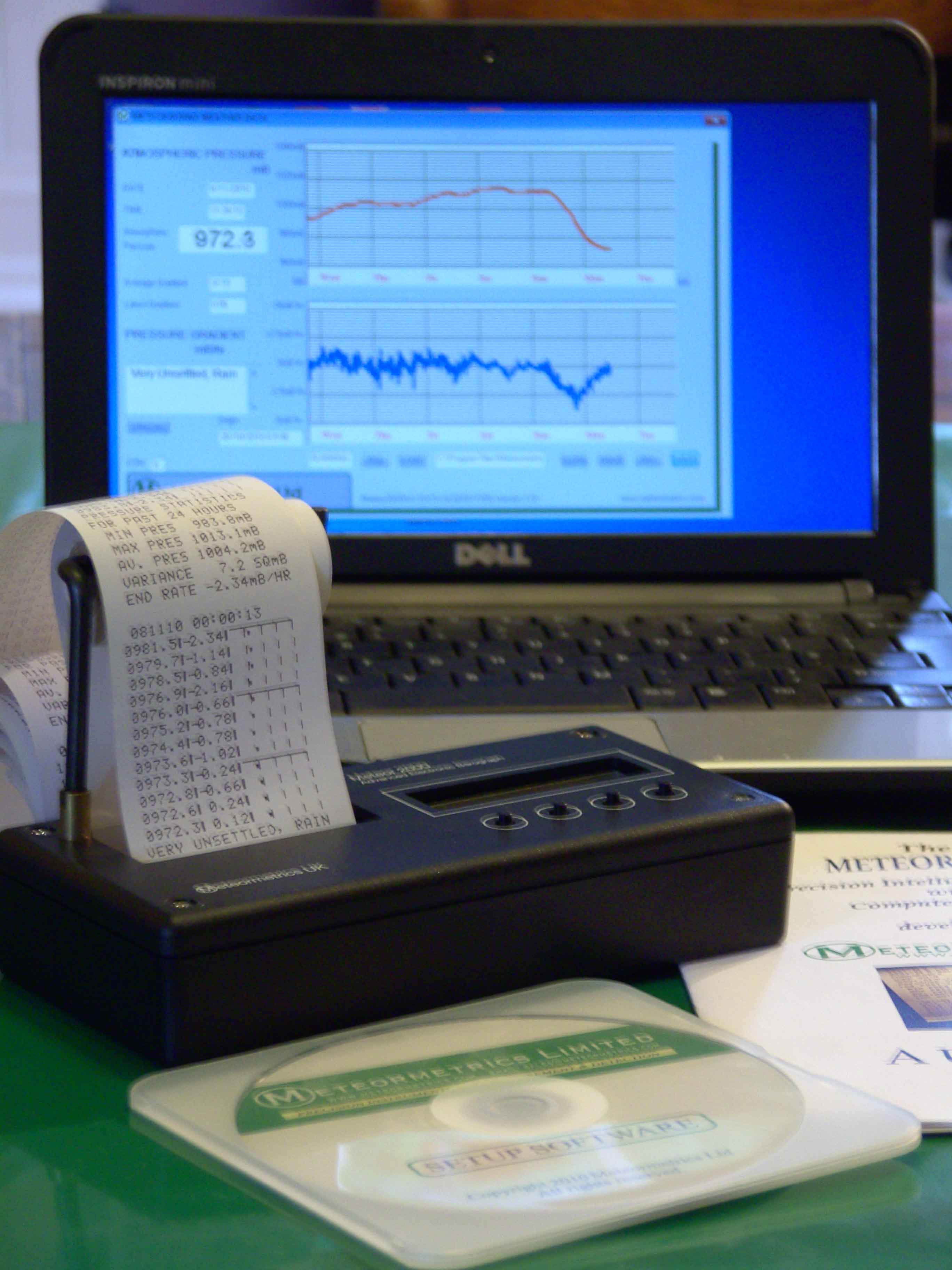
Specialising in custom-designed, precision scientific instruments, built, programmed and calibrated
to the most exacting standards. The range includes precision dataloging barographs,
with built-in statistical analysis, Barographic Transient Event Recorders
and computer-interfaced detectors and sensors
for environmental monitoring & process control.
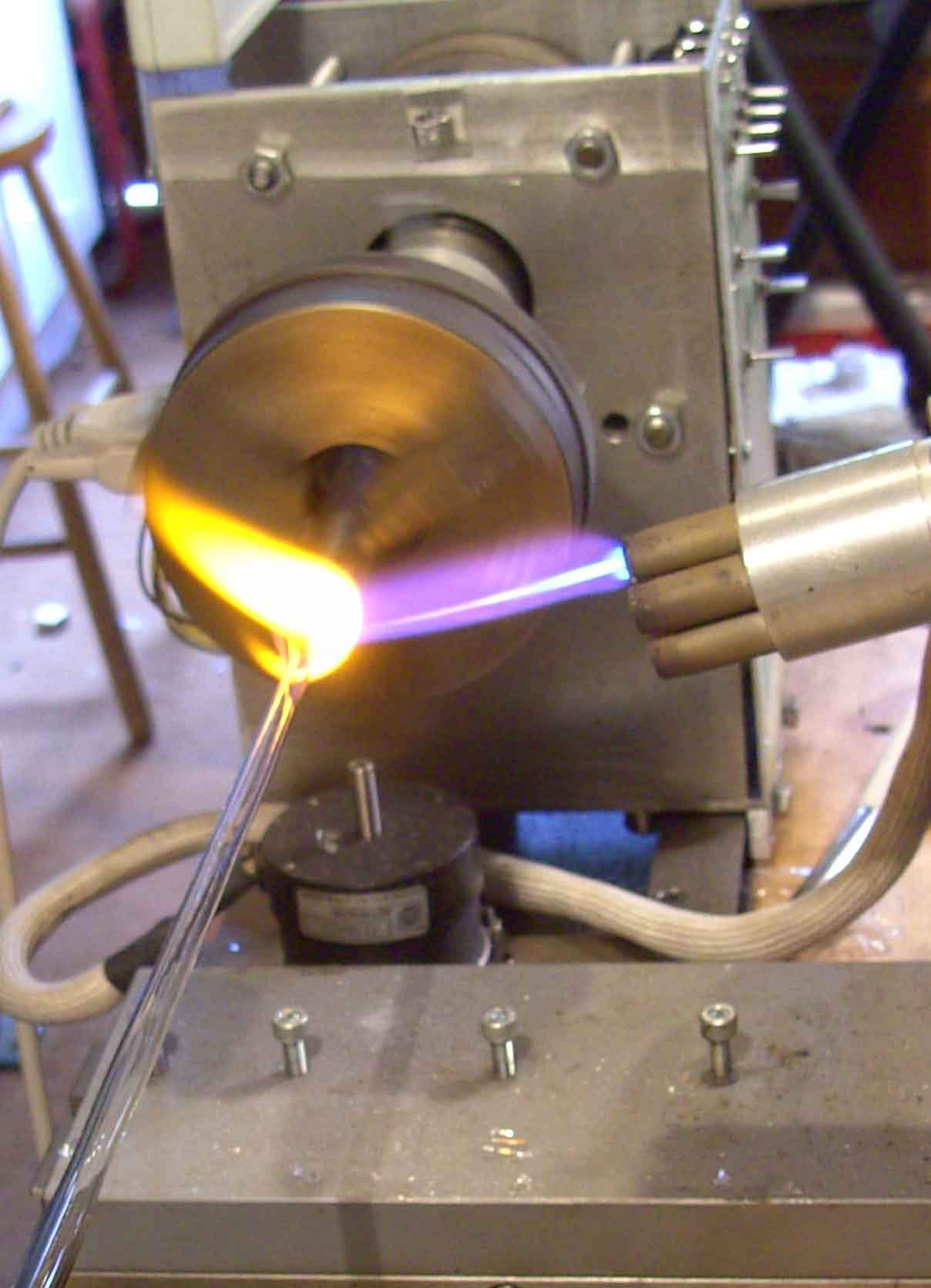
A site dedicated to scientific techniques, experimental methods, &
investigative tools for the inventor, researcher
and laboratory pioneer. Articles on glassblowing, electronics, metalcasting, magnetic
measurements with new material added continually. Check it out!
www.drkfs.net
The Application of FT-IR to a Forensic Problem
FT-IR
was used to help solve a triple murder by comparing the paint found
on the victim to the paint of the car, which was used to run him
down. The paint chip was multilayered so a section had to be cut from
both sample and reference to make the comparison. The results that
were obtained are shown in figure 30.
It
is seen that there is very close agreement between the Spectrum from
the chip of paint found on the injured party and that obtained from
the car that was thought to be the vehicle that was used to run over
the victim.
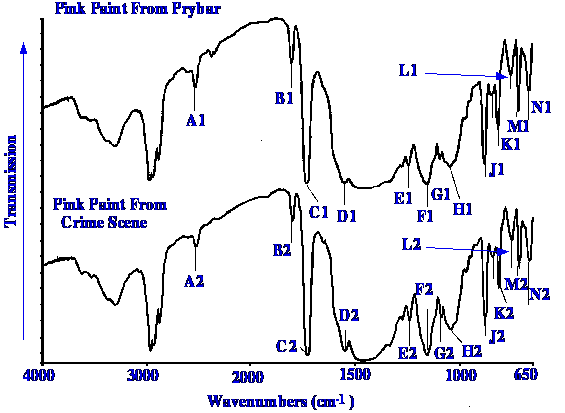
A1
= 2520 A2 = 2520 B1 = 1786 B2 =
1796
C1 = 1730 C2 =
1730 D1 = 1548 D2 = 1546
E1 = 1240 E2 =
1240 F1 = 1153 F2 = 1155
G1 = 1060 G2 =
1060 H1 = 1043 H2 = 1043
J11 = 873 J2
= 873 K1 = 810 K2 = 810
L1 = 746 L2 =
746 M1 = 710 M2 = 710
N1 = 663 N2 =
663
Courtesy
of the Perkin Elmer Corporation
There
are a number of FT-IR instruments available, each with slightly
different advantages and disadvantages. One such instrument is that
manufactured by Newport Inc., the Oriel MIR 8025 FT-IR spectrometer a
photograph of which is shown in figure 31.
The
modular system is built round a central interferometer to which a
range of different modules can be attached to provide specific
performance requirements. The different modules may require different
power demands and, thus, a range of power supplies and amplifier
designs can be attached. A specific computer data acquisition and
processing module can be added for specific applications. In addition
different light sources and sampling units are available together
with a range of sensor units.
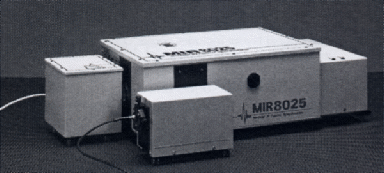
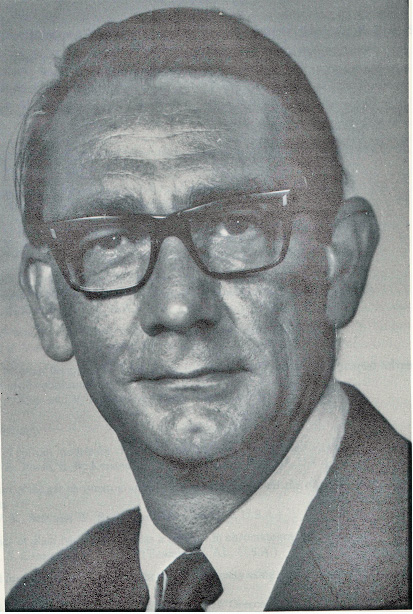
About the Author
RAYMOND PETER WILLIAM SCOTT was born on June 20 1924 in Erith, Kent, UK. He studied at the
University of London, obtaining his B.Sc. degree in 1946 and his D.Sc. degree in 1960.
After spending more than a decade at Benzole Producers, Ltd. Where he became head of
the Physical Chemistry Laboratory, he moved to Unilever Research Laboratories as
Manager of their Physical Chemistry department. In 1969 he became Director of Physical
Chemistry at Hoffmann-La Roche, Nutley, NJ, U.S.A. and subsequently accepted the position
of Director of the Applied Research Department at the Perkin-Elmer Corporation, Norwalk, CT, U.S.A.
In 1986 he became an independent consultant and was appointed Visiting Professor at Georgetown
University, Washington, DC, U.S.A. and at Berkbeck College of the University of London; in 1986
he retired but continues to write technical books dealing with various aspects of physical chemistry
and physical chemical techniques. Dr. Scott has authored or co-authored over 200 peer reviewed
scientific papers and authored, co-authored or edited over thirty books on various aspects of
physical and analytical chemistry. Dr. Scott was a founding member of the British chromatography
Society and received the American Chemical society Award in chromatography (1977), the
M. S. Tswett chromatography Medal (1978), the Tswett chromatography Medal U.S.S.R., (1979),
the A. J. P. Martin chromatography Award (1982) and the Royal Society of Chemistry Award in
Analysis and Instrumentation (1988).
Dr. Scott’s activities in gas chromatography started at the inception of the technique,
inventing the Heat of Combustion Detector (the precursor of the Flame Ionization Detector),
pioneered work on high sensitivity detectors, high efficiency columns and presented fundamental
treatments of the relationship between the theory and practice of the technique.
He established the viability of the moving bed continuous preparative gas chromatography,
examined both theoretically and experimentally those factors that controlled dispersion
in packed beds and helped establish the gas chromatograph as a process monitoring instrument.
Dr. Scott took and active part in the renaissance of liquid chromatography,
was involved in the development of high performance liquid chromatography and invented
the wire transport detector. He invented the liquid chromatography mass spectrometry
transport interface, introduced micro-bore liquid chromatography columns and used them
to provide columns of 750,000 theoretical plates and liquid chromatography separations
in less than a second.
Dr. Scott has always been a “hands-on” scientist with a remarkable record of accomplishments in chromatography ranging from hardware design to the development of fundamental theory. He has never shied away from questioning “conventional wisdom” and his original approach to problems has often produced significant breakthroughs.




